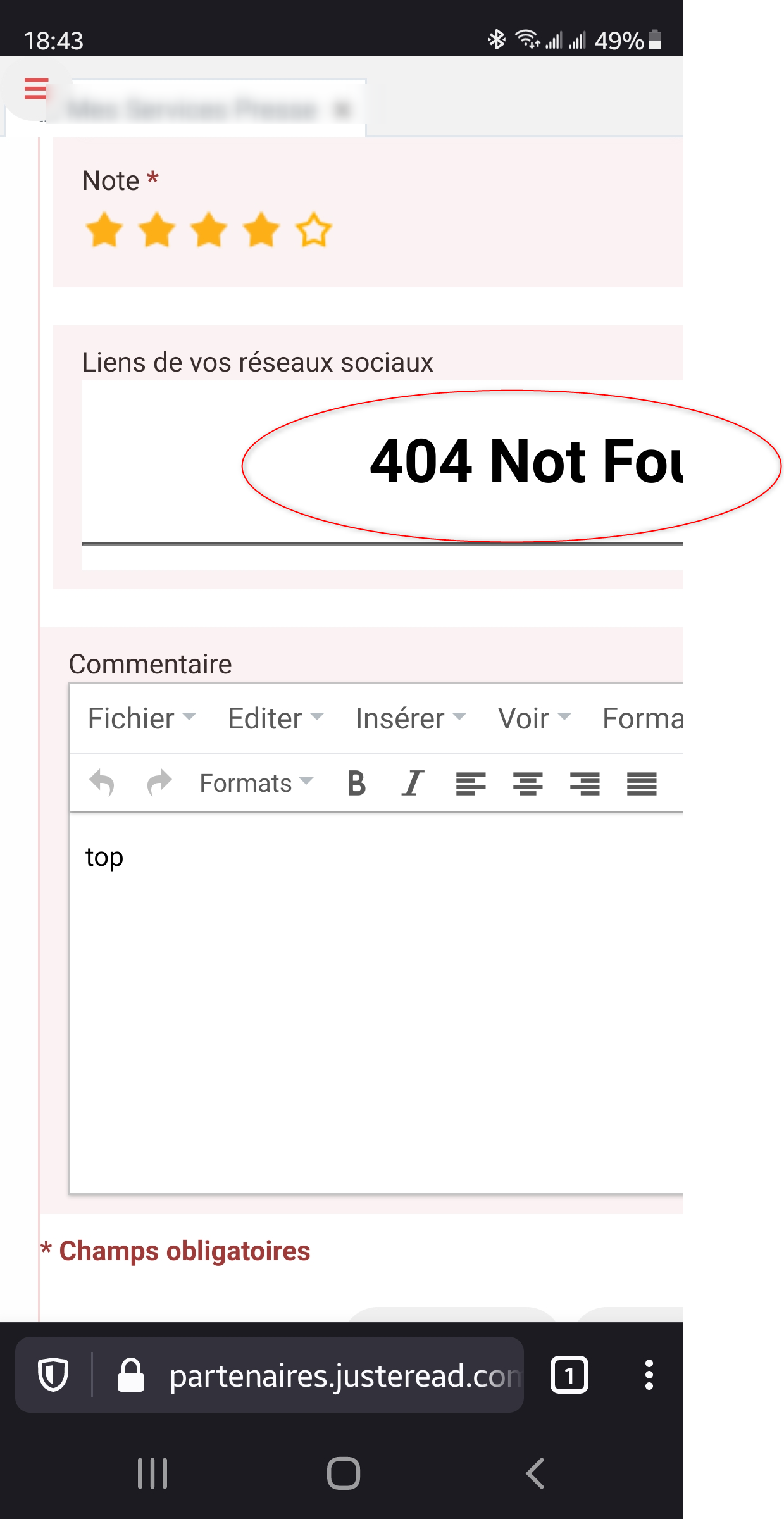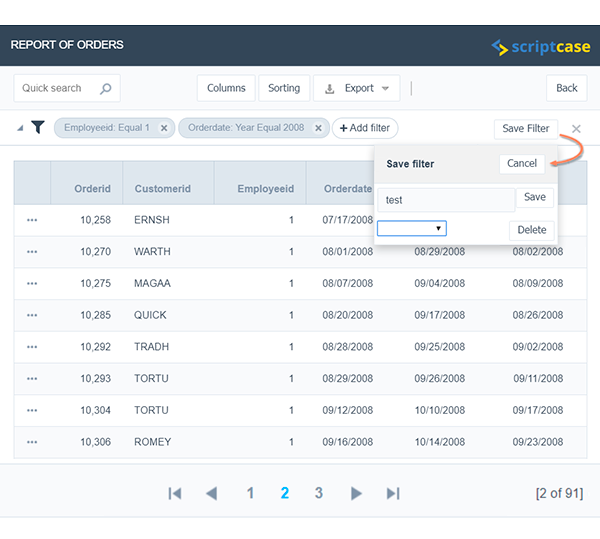

In this case, the deny statement takes precedence. However, Statement2 explicitly denies everyone access to download objects from DOC-EXAMPLE-BUCKET unless the request is from the VPC endpoint vpce-1a2b3c4d. Note: If you require MFA and users send requests through the AWS CLI, then make sure that the users configure the AWS CLI to use MFA.įor example, in the following bucket policy, Statement1 allows public access to download objects ( s3:GetObject) from DOC-EXAMPLE-BUCKET. Verify that the requests to your bucket meet any conditions in the bucket policy or IAM policies.

Check deny statements for conditions that block access based on the following: Check for any incorrect deny statements, missing actions, or incorrect spacing in a policy:ġ. Review the bucket policy or associated IAM user policies for any statements that might be denying access incorrectly. For more information, see Tutorial: Delegate access across AWS accounts using IAM roles. Then, grant another AWS account the permission to assume that IAM role. The object's owner is then automatically updated to the bucket owner when the object is uploaded with the bucket-owner-full-control ACL.įor ongoing cross-account permissions, create an IAM role in your account with permissions to your bucket. Then, enable and set S3 Object Ownership to bucket owner preferred in the AWS Management Console. To copy all new objects to a bucket in another account, set a bucket policy that requires objects to be uploaded with the bucket-owner-full-control ACL.

To change the object owner to the bucket's account, run the cp command from the bucket's account to copy the object over itself. However, the ACL change alone doesn't change ownership of the object. After the object owner changes the object's ACL to bucket-owner-full-control, the bucket owner can access the object.


 0 kommentar(er)
0 kommentar(er)
